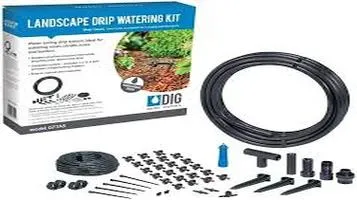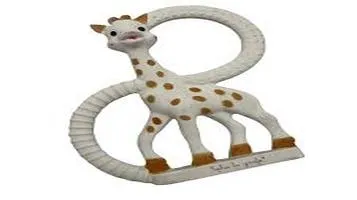A Dive into the Ethereal: Exploring the Depths of Watercolor Abstract Art
Watercolor Abstract Art is a captivating and fluid art form that emphasizes the use of water-based pigments to create ethereal and non-representational works. This style is characterized by its spontaneity and the unpredictable blending of colors, which often results in soft, flowing shapes and a sense of movement. Artists working in this medium embrace the natural qualities of watercolor, such as its translucency and tendency to bleed, allowing the paint to dictate the composition. The lack of defined subjects encourages viewers to engage with the art on a personal level, interpreting the forms and colors based on their own emotions and experiences. Watercolor Abstract Art celebrates the beauty of imperfection and the harmonious interplay of chance and intention, making it a dynamic and evocative art form.

When the term "abstract art" is mentioned, it often conjures up images of bold, geometric shapes and strikingly vivid colors—a cacophony of visual stimuli that can be both perplexing and mesmerizing. However, when the medium of watercolor is introduced into this genre, the result is an entirely different, almost ethereal experience. Watercolor abstract art marries the fluidity and translucence of watercolors with the boundless creativity of abstract expressionism, creating pieces that are both captivating and contemplative.
The Essence of Watercolor
Watercolor is a medium that demands both precision and spontaneity. Unlike oil or acrylic paints, watercolor has a mind of its own. It flows, blends, and seeps into the canvas in ways that are often unpredictable. This inherent volatility is what makes watercolor such an exciting medium for abstract art. Artists must strike a delicate balance between control and chaos, guiding the paint while also allowing it to take on a life of its own.
One of the most compelling aspects of watercolor abstract art is its ability to capture light and atmosphere. The translucence of watercolor allows for the layering of colors in a way that can create a sense of depth and luminosity. This quality is particularly effective in abstract compositions, where the play of light and color can evoke a wide range of emotions and interpretations. Whether it's a soft, dreamy wash of pastel hues or a vibrant explosion of primary colors, watercolor abstract art has a unique way of engaging the viewer's imagination.
Emotional Resonance
One of the most remarkable features of watercolor abstract art is its emotional resonance. Because the medium is so fluid and unpredictable, it often mirrors the complexities of human emotion. A single brushstroke can convey a sense of movement, tension, or tranquility. The blending of colors can suggest a range of feelings, from the calm serenity of a misty morning to the chaotic energy of a stormy sea.
In many ways, watercolor abstract art is like a visual diary, capturing moments of emotional intensity in a way that is both intimate and universal. Each piece invites the viewer to embark on a personal journey, interpreting the shapes and colors through the lens of their own experiences and emotions. This emotional depth is what sets watercolor abstract art apart from other forms of abstract expressionism. It is not just about the visual impact; it is about the emotional connection between the artist and the viewer.
The Role of Technique
While the spontaneous nature of watercolor is one of its greatest strengths, it also requires a high level of technical skill. Achieving the right balance of water and pigment, mastering the art of layering, and knowing when to let the paint flow freely and when to exercise control—these are all skills that take years to develop. In the hands of a skilled artist, watercolor can produce effects that are simply unattainable with other mediums.
Techniques such as wet-on-wet, where colors are applied to a wet surface, can create stunning gradients and soft transitions that are perfect for abstract compositions. Dry brush techniques, on the other hand, can add texture and depth, giving the piece a more tactile quality. The versatility of watercolor allows artists to experiment with a range of techniques, each adding a unique layer of complexity to the work.
Contemporary Relevance
In today's fast-paced, technology-driven world, there is something profoundly soothing about the organic nature of watercolor abstract art. It offers a respite from the digital overload, inviting viewers to slow down and lose themselves in the fluid beauty of the medium. Contemporary watercolor abstract artists are pushing the boundaries of the genre, experimenting with new techniques and materials to create works that are both innovative and timeless.
Artists like Agnes Cecile and Yao Cheng have gained widespread acclaim for their ability to blend traditional watercolor techniques with modern abstract sensibilities. Their work speaks to a new generation of art lovers who are drawn to the emotional depth and visual complexity of watercolor abstract art. Whether it's through Instagram, online galleries, or traditional art shows, these artists are bringing the magic of watercolor to a global audience.
Conclusion
Watercolor abstract art is a celebration of the unpredictable beauty of the natural world and the boundless creativity of the human spirit. It is a medium that challenges both the artist and the viewer to embrace the unknown, to find beauty in the unexpected, and to connect with the deeper currents of emotion that flow through us all. In its fluidity and translucence, watercolor abstract art captures the essence of what it means to be human—ever-changing, endlessly complex, and profoundly beautiful.






